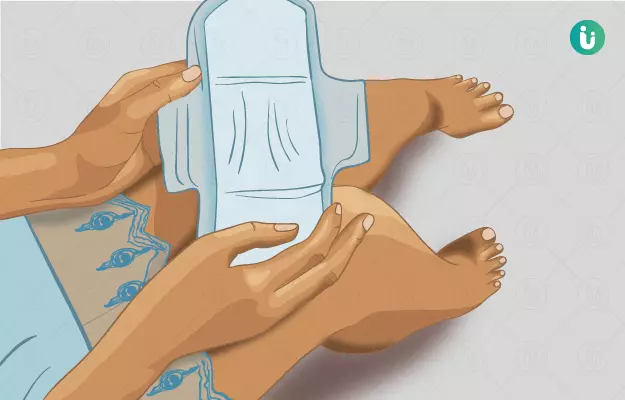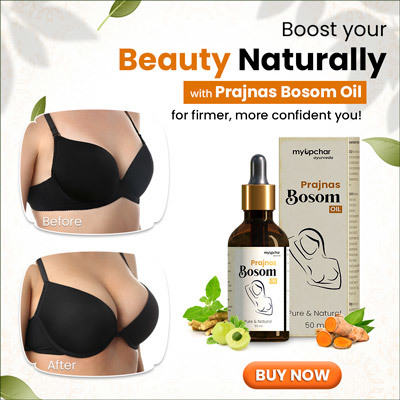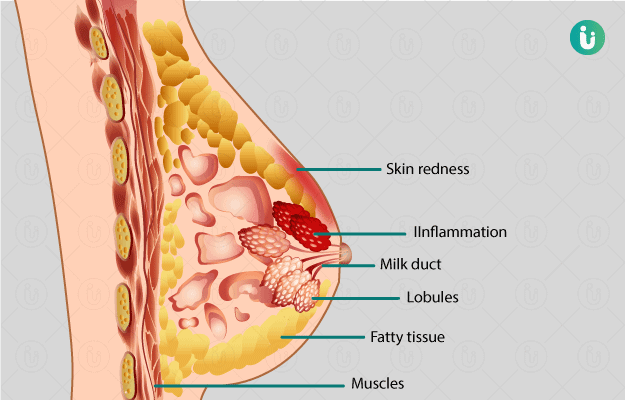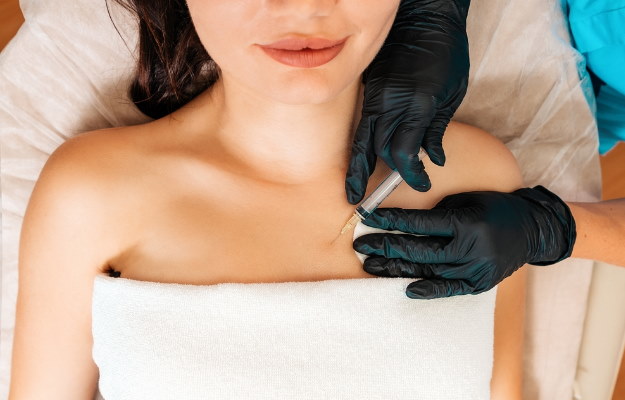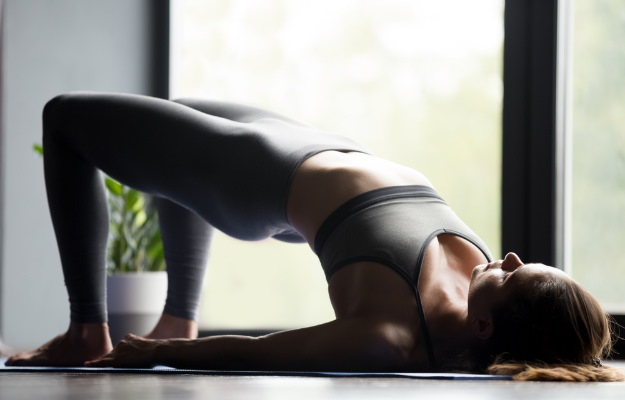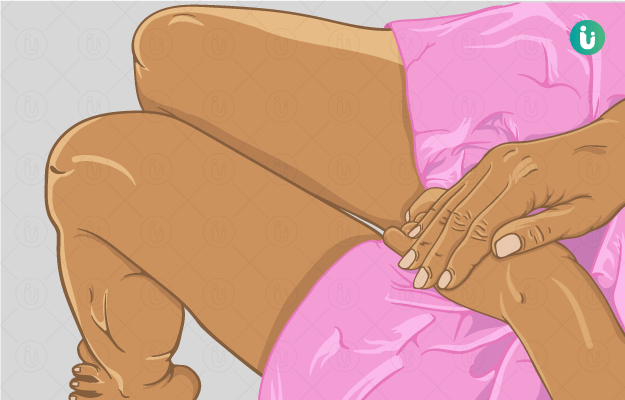Sanitary pads, also known as sanitary napkins and menstrual pads, are soft absorbent materials worn by women in the inside of the underwear to hold the flow of menstruation. Most commonly a sanitary pad has an adhesive side to make it stick to the underwear while the other side is made from a highly absorbent material like wood fibre.
Sanitary pads are pretty easy to use and dispose of which makes it a most prefered option for women when they first start their period.
Did you know?
The idea of menstrual pads comes from wound dressings made by French nurses in the world war I? They used cellulose fibre padding to stop bleeding in wounded soldiers as it has a better absorbing capacity than normal cotton wool bandages. This idea was later picked up by some well-known companies and that’s how menstrual pads came into existence. Although it took long before these pads were available to common people at a reasonable price.
At present, sanitary napkins are more easily available to most of the urban population in developed and developing countries.
Whether you are looking for more info on how to use menstrual pads or types and safety of sanitary napkins or just scrolling through, out of sheer curiosity, this article will definitely answer some of your questions.


